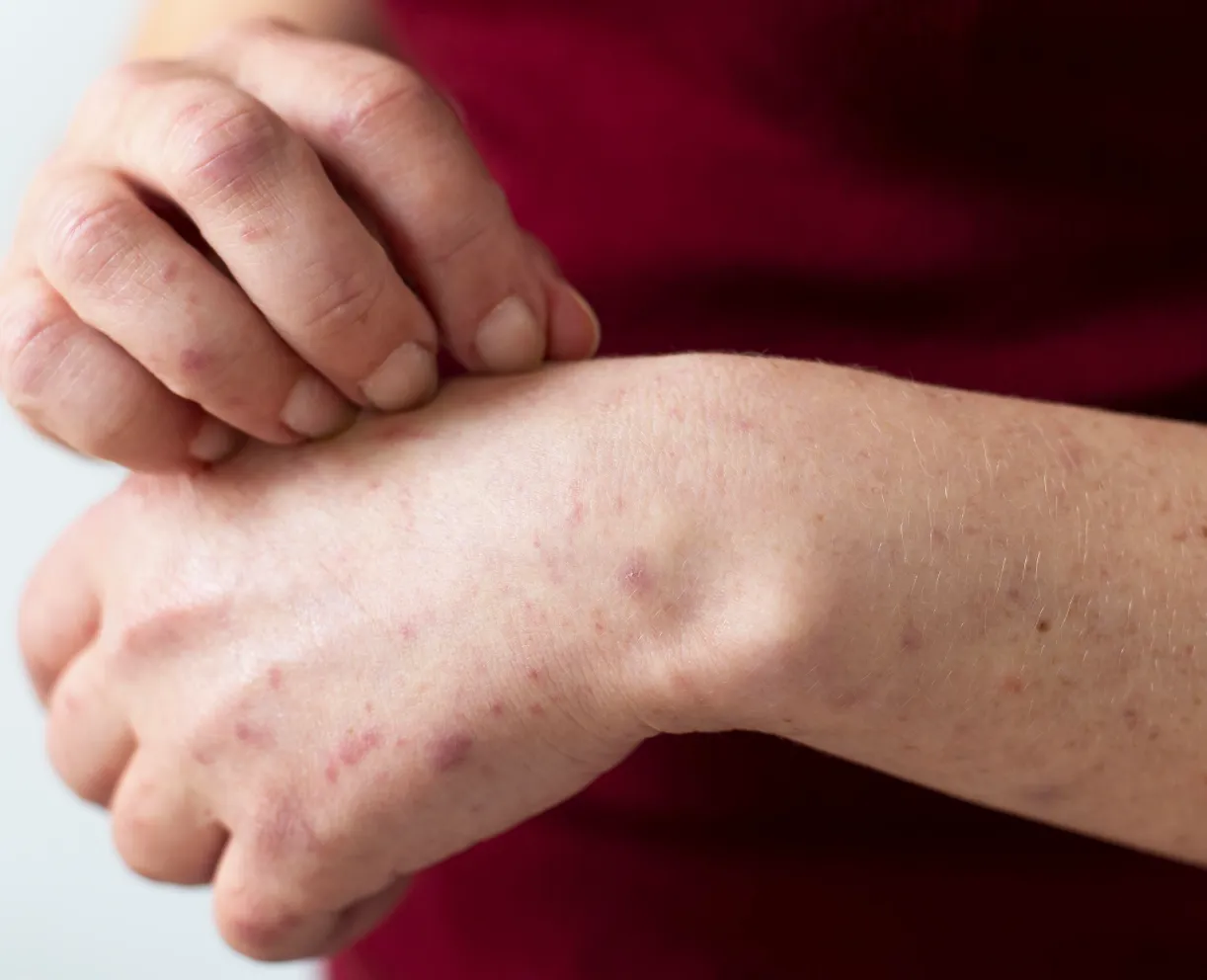How is it determined whether there is an Mpox infection?
Since Mpox is characterized by rashes, it can be confused with measles, herpes, syphilis, or other viral and bacterial sexually transmitted infections. Therefore, testing is the most accurate way to diagnose.
The PCR method, which analyzes fluid samples taken from lesions in the laboratory, provides the most definitive results. If there are no lesions or if they are located in an area that cannot be accessed, anal-rectal swab samples can also be used. In urgent cases, antibodies can be detected in a blood test; however, because the virus DNA is a double-stranded Orthopoxvirus from the Poxviridae family, viruses like chickenpox and cowpox may influence the tests, leading to misdiagnosis.
Is there a treatment available for Mpox, and how is it treated?
There is a vaccine for Mpox. Therefore, vaccination may prevent the disease on a pandemic scale. However, if the disease is present, indivithe patients can overcome the disease with their own immune system within 2 to 4 weeks. Treatment is primarily focused on alleviating symptoms, such as pain relief, if needed
During this period, the patient:
- should rest at home.
- should try to avoid touching the lesions and wash his hands immediately.
- should not cover his skin.
- should not touch the objects.
- should apply sitz baths and add baking soda to bathwater.
- should use saltwater applications for the mouth and lesions.
- should avoid shaving or other irritating and spreading procedures on the lesion areas.
- should take paracetamol or ibuprofen, if required


